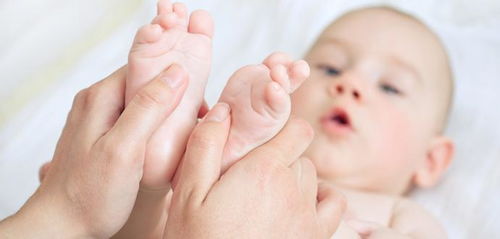Early diagnosis and intervention are crucial for successful treatment. Without intervention, clubfoot can lead to longterm functional limitations and psychosocial challenges for affected individuals. Therefore, healthcare providers emphasize the importance of initiating treatment shortly after birth.

3.
Developed by Dr. Ignacio Ponseti in the 20th century, the Ponseti method revolutionized the treatment of pediatric clubfoot. This nonsurgical approach involves a series of manipulations and castings to gradually correct the foot deformity. The key components of the Ponseti method include:
Pediatric clubfoot is a challenging condition that requires prompt intervention to prevent longterm disability. The Ponseti method offers a nonsurgical approach that has transformed the treatment landscape for clubfoot, offering hope and improved outcomes for affected children worldwide. With the support of organizations like the Ponseti Fund, efforts to expand access to Ponseti treatment continue to make strides, bringing us closer to the goal of ensuring that every child has the opportunity to walk without limitations.
Founded in 2006, the Ponseti International Association established the Ponseti Fund to support efforts in promoting and providing Ponseti method treatment for children with clubfoot, particularly in underserved regions. The Ponseti Fund works collaboratively with healthcare providers, organizations, and governments worldwide to:
1.
Pediatric clubfoot, also known as talipes equinovarus, is a congenital foot deformity that affects approximately 1 in every 1000 live births. Among the treatment options available, the Ponseti method has gained widespread recognition for its effectiveness in correcting clubfoot deformity. In this article, we will delve into the fundamentals of pediatric clubfoot, explore the Ponseti method, and discuss the role of the Ponseti Fund in supporting treatment efforts.
The Ponseti method boasts high success rates, with studies reporting up to 95% of cases achieving satisfactory outcomes. Moreover, compared to surgical approaches, the Ponseti method is less invasive and associated with lower rates of complications.
2.
Pediatric clubfoot is characterized by a combination of four deformities: forefoot adduction, midfoot cavus, hindfoot varus, and ankle equinus. These abnormalities result in a foot that is turned inward and downward, resembling the shape of a golf club. The exact cause of clubfoot remains unknown, although genetic and environmental factors may contribute to its development.
Through its initiatives, the Ponseti Fund strives to ensure that every child with clubfoot has access to timely and effective treatment, regardless of geographical or socioeconomic barriers.
4.